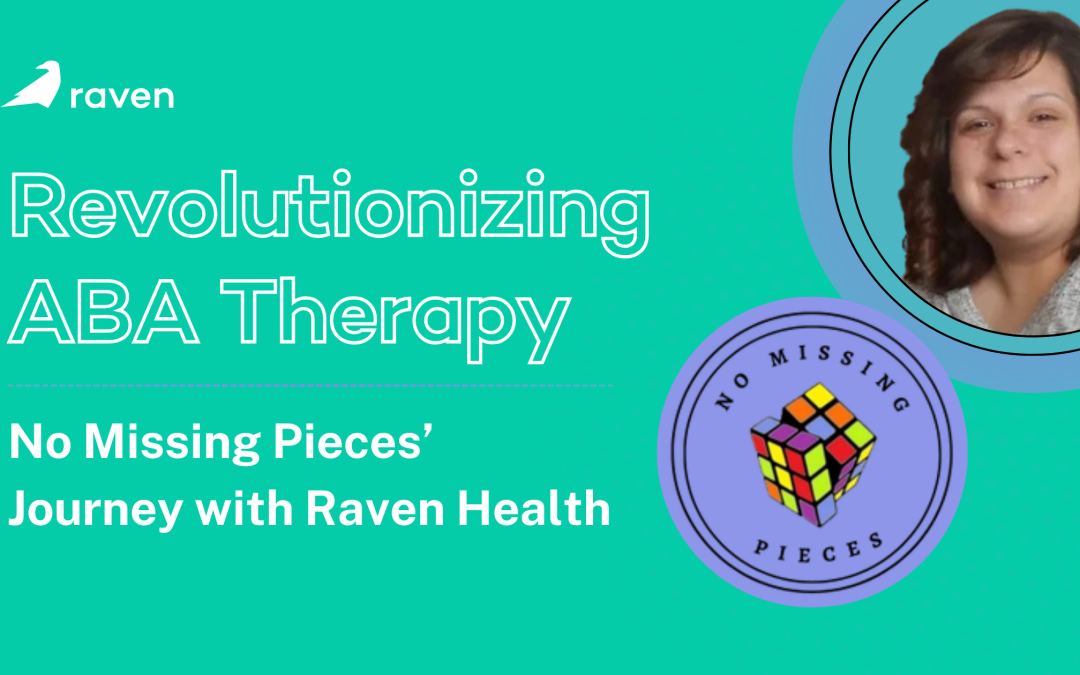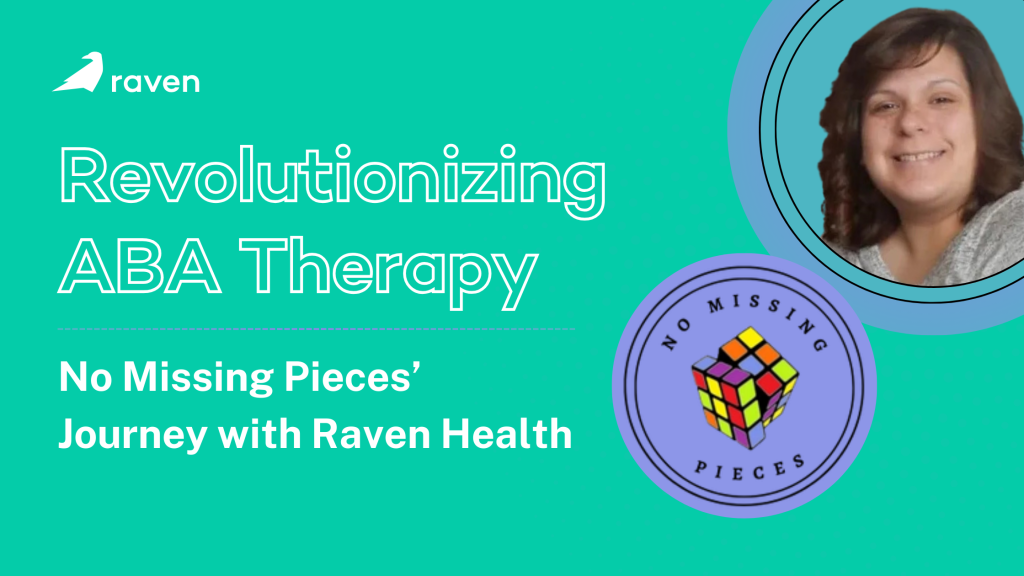
Embracing the New School Year: A Guide to a Successful Transition

Looking for ways to enrich your child’s cognitive, physical, and emotional growth during these long summer days? One of the most effective ways to do so is through tactile sensory play! Here are some summer-friendly sensory play ideas made easy with things from around your house, thoughtfully curated by an ASD (Autism Spectrum Disorder) Educator.
Sidewalk Chalk Paint
Materials: Muffin tin or cups, paint brushes/sponges/foam brushes, cornstarch, water, liquid food coloring
Instructions: Mix equal parts cornstarch and water and whisk smooth. Divide the mixture into cups or a muffin tin. Use one small drop of food coloring to color the individual containers. Then, use paint brushes, sponges, or foam brushes to paint onto sidewalks.
Ocean Oobleck
Materials: cornstarch, water, pan, measuring cup, blue food coloring, ocean animal toys
Instructions: Mix two cups of cornstarch with one cup of water. Add a few drops of blue food coloring when the mixture is partially combined. Add your ocean animals and see how fast they can swim!
DIY Moon Sand (Taste Safe)
Materials: Flour (or rice flour for gluten-free), coconut, canola, or vegetable oil, pan, sand/water toys
Instructions: Mix eight cups of flour with one cup of oil. Combine ingredients until the mixture feels silky and sandy but will hold shape if you squeeze it. Now, go ahead and build a sandcastle!
Ice Cream Sensory Bin (Taste Safe)
Materials: rainbow sprinkles, container, ice cream toys such as an ice cream scoop, spoons, cupcake liners, ice cream cones (real or pretend), and any other ice cream-type tools you have on hand
Instructions: Fill a bin with rainbow sprinkles and ice cream toys. Have fun scooping ice cream!
Incorporating tactile sensory activities into your child’s day nurtures their overall development by engaging their senses. These activities can be done indoors or outdoors. So grab those materials to whip up hours of summer fun!



